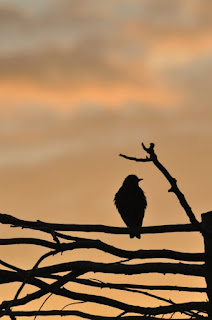One of my very favourite bird artists, Tim Wootton, says in his excellent book Drawing and Painting Birds, "Gruesome though it may seem at first, don't neglect the chance to study freshly killed birds." I agree. It's an irreplaceable opportunity to really understand how a bird works, how the feathers are arranged, how the wings and tail move, how fragile they are. And you will get to appreciate the beauty of the plumage, even in a seemingly drab little bird like the dunnock. This was my dunnock.
Dunnocks are common and unassuming little birds; even the name reflects this, coming from the English dun (dingy brown, dark-coloured) and the diminutive ock: little dingy brown bird! They shuffle about under shrubs and hedges, at the edge of the lawn, keeping out of the way of other birds. They do a distinctive rapid wing flick, and have a thin scratchy warble of a song, which is very nice to hear in early spring. They apparently have lots of vernacular names, including things like 'blue tom' and 'hedge betty' - rather endearing I think!
| Dunnock (Prunella modularis), a photo I took in Devon a few years back |
Dunnocks seem to be doing really well here, in my garden in Cambridgeshire. I can look out of the window and know I will see two or three, often more, usually within a few minutes. Dunnocks are also one of the host species for cuckoos (not in my garden though!). There's a good BTO article here if you are interested!






